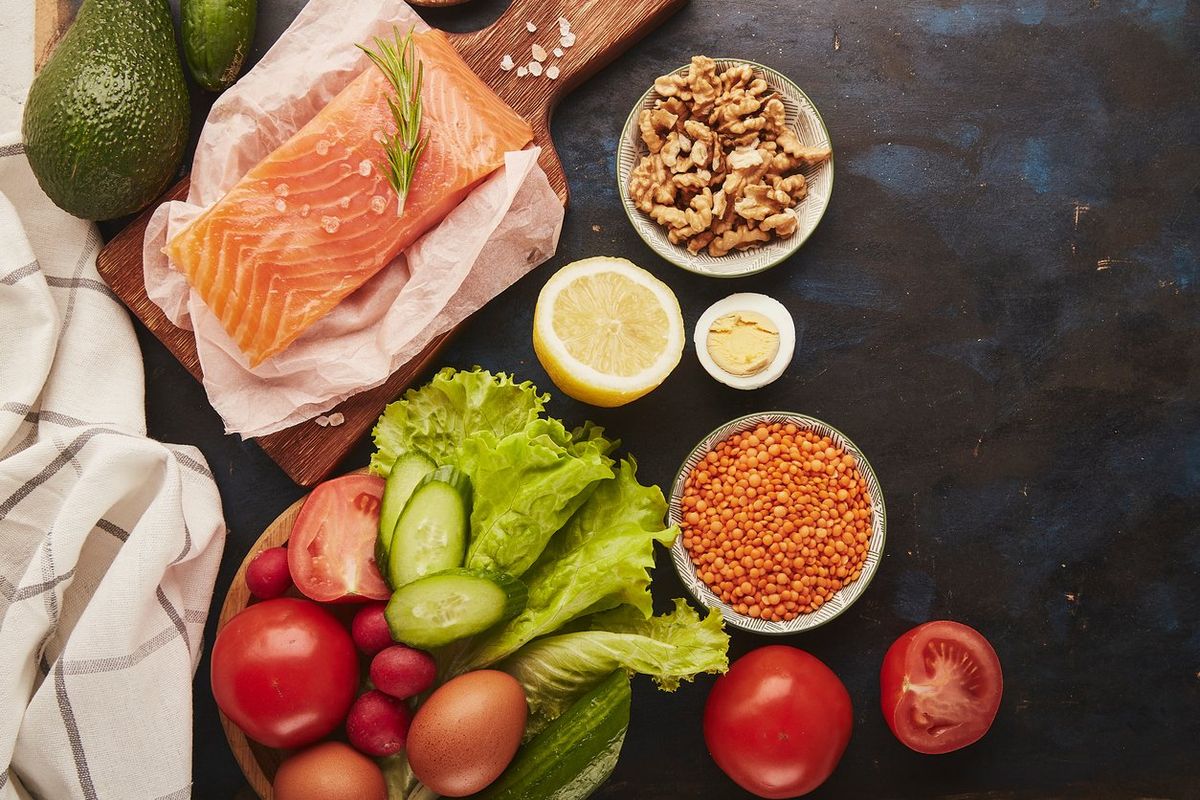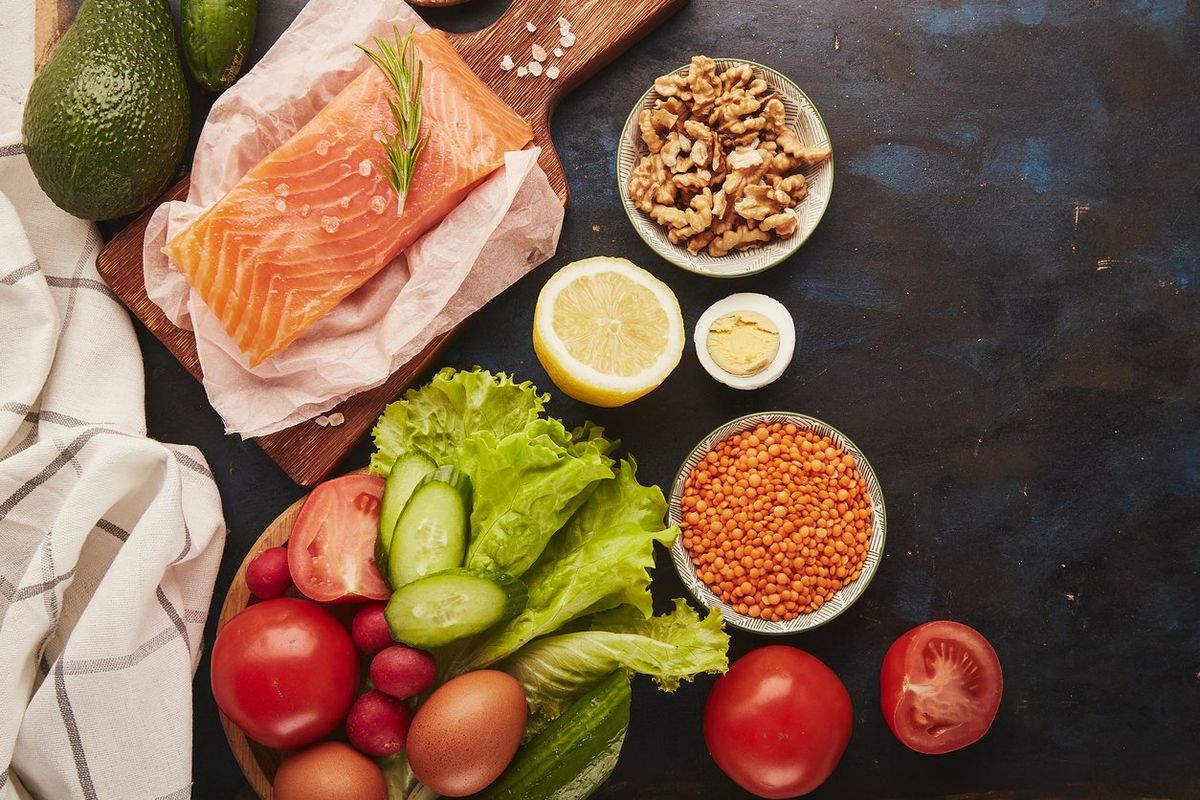



As you can probably guess by the name, there’s nothing warm and fuzzy about irritable bowel syndrome (IBS).
From abdominal pain — think steel-toed gremlins stomping on your guts — to diarrhea, bloating and constipation, IBS can take a serious toll on physical and mental health. This is especially true for women and people assigned female at birth (AFAB). Research shows women with IBS feel more fatigue and depression and have a lower quality of life compared to men with IBS.
While there’s no cure for IBS, the chronic condition may be aggravated by what you eat. Something as simple as a side of broccoli or a few sips of soda can turn a five-star meal into a five-alarm panic.
This is where the low FODMAP diet may be able to help.
Read: Fast Facts: What You Need to Know About Irritable Bowel Syndrome (IBS) >>
FODMAP stands for fermentable oligosaccharides, disaccharides, monosaccharides and polyols. Those are all fancy words for carbohydrates (sugars) that are not easily absorbed in the small intestine.
As a result, people with IBS and other digestive conditions may experience pain, bloating, diarrhea and cramping after consuming high FODMAP foods.
The low FODMAP diet involves eliminating and reintroducing high FODMAP foods into your diet to see what triggers IBS symptoms. Food reactions vary from person to person, so what may trigger IBS symptoms for one person may not trigger them for another.
The low FODMAP diet should only be done for a short amount of time and used as a temporary option to help reduce symptoms.
The low FODMAP diet is basically an elimination game.
Here’s how it works, according to the American College of Gastroenterology:
Again, it’s important to note that the diet is temporary and shouldn’t be continued for long periods of time. As always, talk to your healthcare provider (HCP) before trying the low FODMAP diet — it may cause nutritional deficiencies and other health issues.
Low FODMAP diet foods contain — you guessed it! — lower amounts of FODMAPs and are less likely to trigger IBS symptoms.
Low FODMAP foods include:
Read: 5 Foods to Help You Live to 100 (Really) >>
High FODMAP foods are harder to digest and more likely to cause pain, gas and bloating in people who have problems with digestion.
To eat a low FODMAP diet, avoid the following High FODMAP foods:
The low FODMAP diet is designed for people with IBS and gastrointestinal conditions. The diet is very restrictive, so it’s not recommended for people who have limited eating plans such as vegans and people with food allergies.
The diet also isn’t recommended for people who have eating disorders or disordered eating.
Read: The Pros and Cons of Being Vegan >>
If you have IBS, or think you might, talk to your HCP about the low FODMAP diet. It’s not for everyone, but if it’s right for you, you may be able to curate a delicious diet that reduces symptoms.
This article was originally published on healthywomen.org.
If you purchase an independently reviewed product or service through a link on our website,… Read More
Vecna isn't done with Hawkins just yet. After Season 4's shocking finale, it's no surprise… Read More
I've always romanticized summer. My theory is that my own childhood summers were so wonderful,… Read More
Summer is here, and with it long, sticky, hot days spent outdoors at beaches, pools,… Read More
Earlier this week, the Food & Drug Administration (FDA) — under the auspices of the… Read More
You know that feeling — it’s Sunday at 5 p.m., and you’ve been home with… Read More